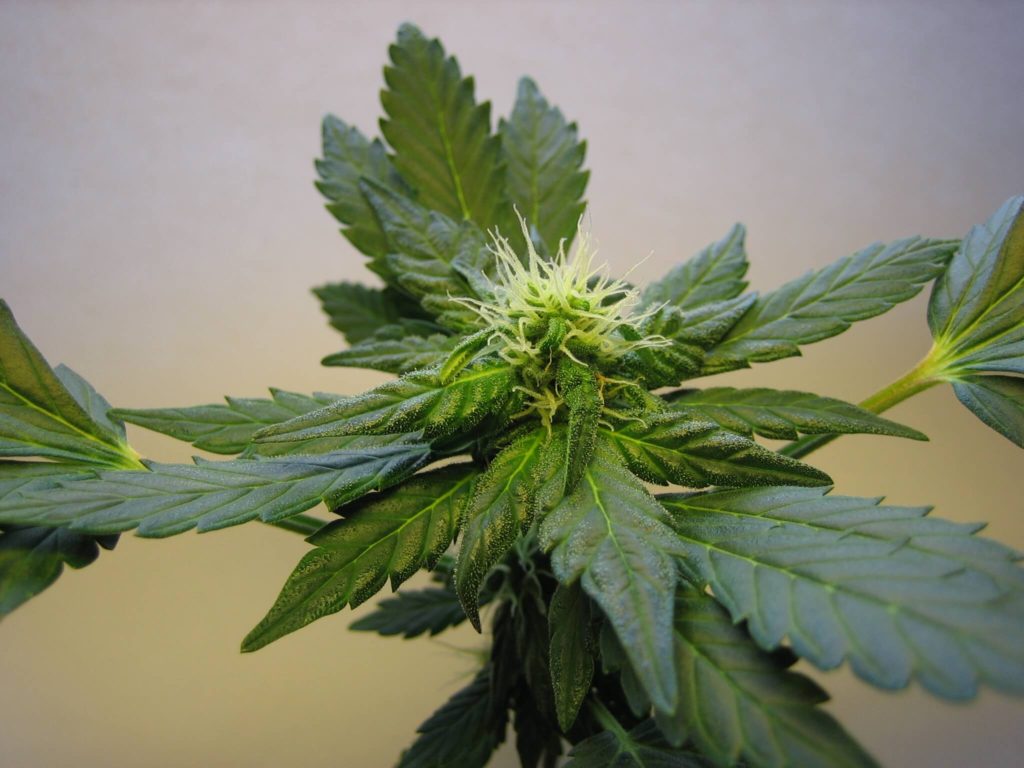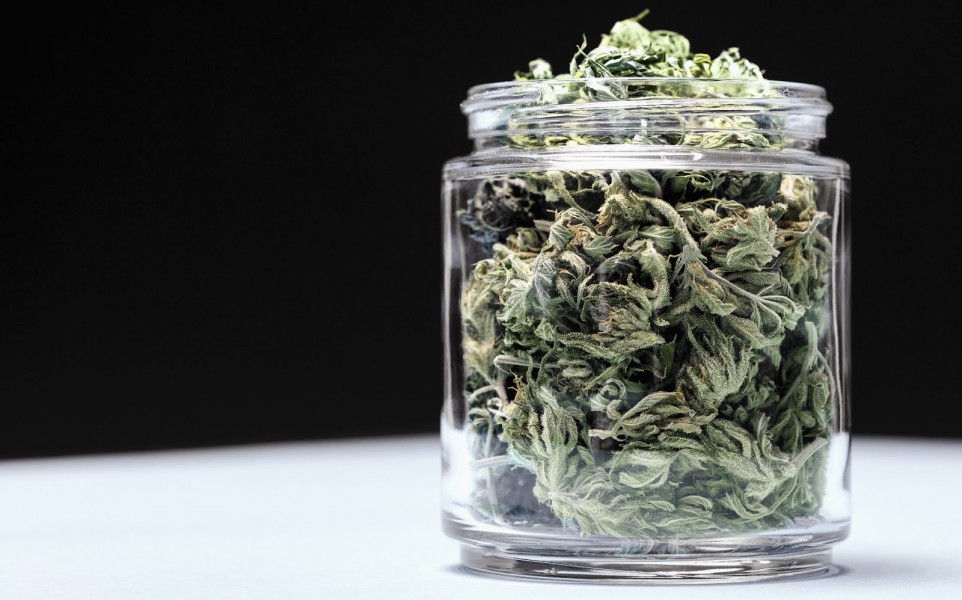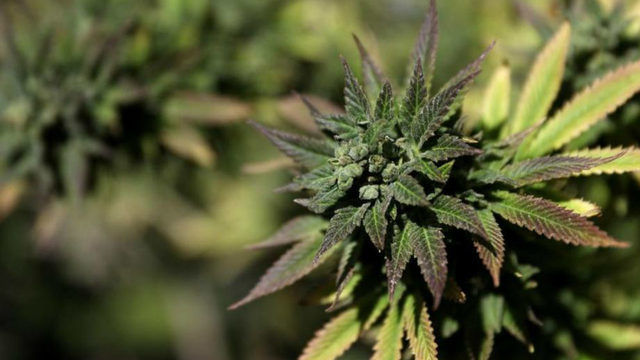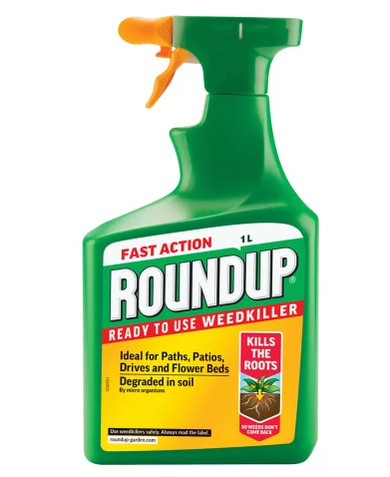Re-evaluating the weed control strategy on your farm is important. Herbicide use alone to control weeds has resulted in many herbicide-resistant weeds and, as we witnessed this past summer, a kochia problem in the drier regions of the province. An integrated approach to weed management needs to be considered and implemented or to prevent this problem from getting worse.
Integrated weed management is an approach that combines different agronomic practices to manage weeds and reduce dependence on one weed control practice. Using multiple practices, and not relying on just one or two, will keep all practices effective for future use. Integrated weed management aims for producers to rely less on herbicides and to use combinations of different agronomic practices to keep weed levels manageable and to prevent shifts in weed populations.
- Integrated weed management can be further broken down into:
- Practices that help the crop to compete with weeds.
- Diversified production systems that keep weeds off balance.
- Practices that limit the introduction and spread of weeds.
Helping the crop to compete with weeds is essential. Fertilizer placement affects the crop’s ability to compete with weeds. Placing fertilizer where the crop has access to it means that little of it is available to the weeds. Also, the fertilizer helps to produce a vigorous, dense crop that can better compete with weeds. Producers should note that broadcast nitrogen applications may promote weed germination and be taken up by a weed before a crop plant accesses it. Higher seeding rates produce more crop plants, which means more competition with weeds for sunlight above-ground and water and nutrients below-ground. Narrow row spacing leaves less room for weeds to grow and more crop plants for the weeds to compete with. Seeding early with good crop emergence prevents weeds from getting a head start on the crop; the earlier weeds emerge ahead of the crop, the greater the yield loss. Using high-quality seed produces vigorous seedlings and improves emergence and germinations under non-ideal conditions. Tall crop varieties are typically more competitive than medium height or short varieties. Due to their height, they are able to intercept sunlight and shade weeds. Crops such as oats, barley, and rye are strong competitors with weeds, while flax and lentils are known as weak competitors.
Diversified production systems that keep weeds off balance are about diversifying the crop rotation and adding a perennial forage for winter annual crop. This is highly effective at keeping weeds off balance as the seeding dates and management practices vary from spring annual crops. This keeps weeds from adapting to normal crop rotations and herbicide use. Allelopathy, the ability of the residue or secretions of one plant to suppress the growth of another plant, is often overlooked. It has been proven that green manuring rye or sweet clover residues can suppress weeds the following year.
To limit the introduction and spread of weeds, producers should use clean and preferably certified seed. Clean equipment before transporting between fields and tarp grain loads to prevent the spread of weed seeds. Weed patches in the field around sloughs, ditches, power poles, field edges or even kochia lines should be controlled before they set seed and spread. Control can include tilling, mowing or hand weeding. Harvest weed seed management is another way to control the spread of weeds. There are two machines on the market right now called the Harrington Seed Destructor and the Seed Terminator. These machines mount to the back of the combine and the material out the back of the combine is run through a series of hammer mills and screens, essentially pulverizing the material to dust. The idea is to pulverize weed seeds and make them non-viable so you are not putting any weed seeds back into the weed seedbank.
Regardless of where you start, adapting a few of these practices on your farm and into your weed control strategy is the only way to gain an advantage on weeds. As history has shown, the use of herbicides alone is not enough to control weeds. If weed control strategies don’t change on farms, then we will keep going down this path and witnessing the evolution and shifts in weed populations and the prevalence of herbicide resistance.
Credit: saskatchewan.ca













